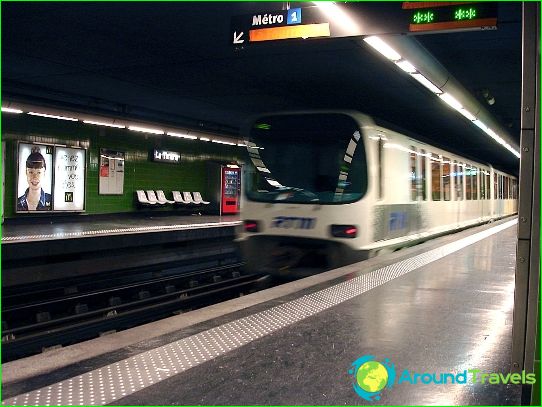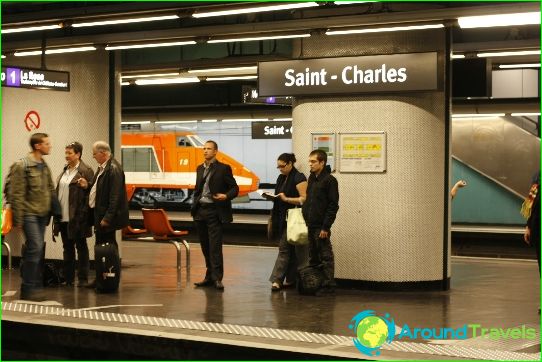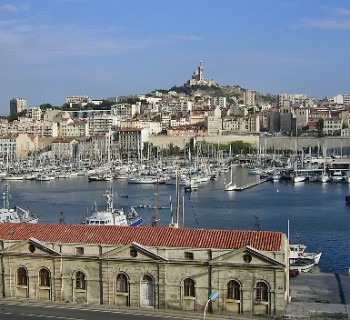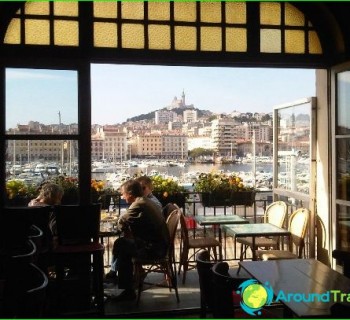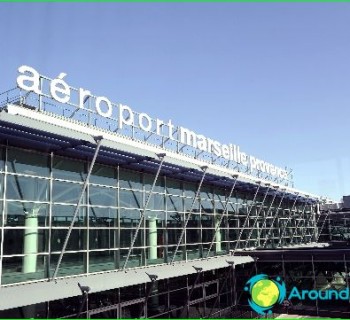Marseille metro: diagram, photo, description
The metro system of the French city of Marseille was opened in 1977. In total, the subway consists of two lines, on which passengers are served by 24 stations. Marseille metro trains cover a total of 19.3 km, of which only 3.7 km are on the surface of the earth.
A distinctive feature of the Marseille metro is its rubber-tread trains. The trains of the Paris and Lyon subways have the same wheels. Marseille metro track gauge, standard.
Line 1 of the Marseille Metro is shown in blue in the diagrams. It starts in the northeast of the city, goes to the center, makes a turn there, and then its passengers follow to the east. The terminal stations of this route are La Roses and La Foragère. This line appeared in Marseille first, and the dates of its construction are 1977-1978. Length «blue» branches 10.5 km, trains overcome it in less than 20 minutes.
The second metro line in Marseille is marked in red on the maps. Its beginning - Burgenville station - is located in the north of the city. Trains head south to the St Margaret-Dromel stop. This route was opened in 1984 and finally completed three years later. Trains cover a distance of almost nine kilometers in 16 minutes.
In the plans of the city authorities - the continuation of the metro lines, which is needed by almost a millionth Marseille as air. Problems of gas pollution and traffic jams on the streets did not bypass the city, and therefore the construction of new tunnels and four more stations, planned as a continuation «blue» branches, both residents of the city and its guests are eagerly awaiting. «Red» the branch will also continue east.
Opening hours of the Marseille metro
Marseille metro stations open at 5 am. Last passengers can use this type of public transport at 1 am. The interval of train traffic during rush hours does not exceed three minutes, and the rest of the time passengers wait for the train for about a quarter of an hour..
Metro tickets Marseille
You can pay for your fare on the Marseille metro by buying a ticket for one trip at ticket offices at stations or at vending machines. There are tickets that allow you to make two or ten trips, which are somewhat cheaper. For tourists, travel passes are sold for the whole day or for three days, the purchase of which can also significantly save money.

